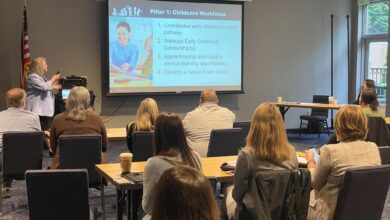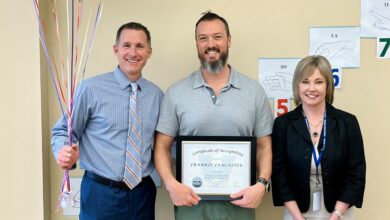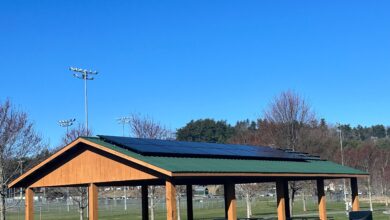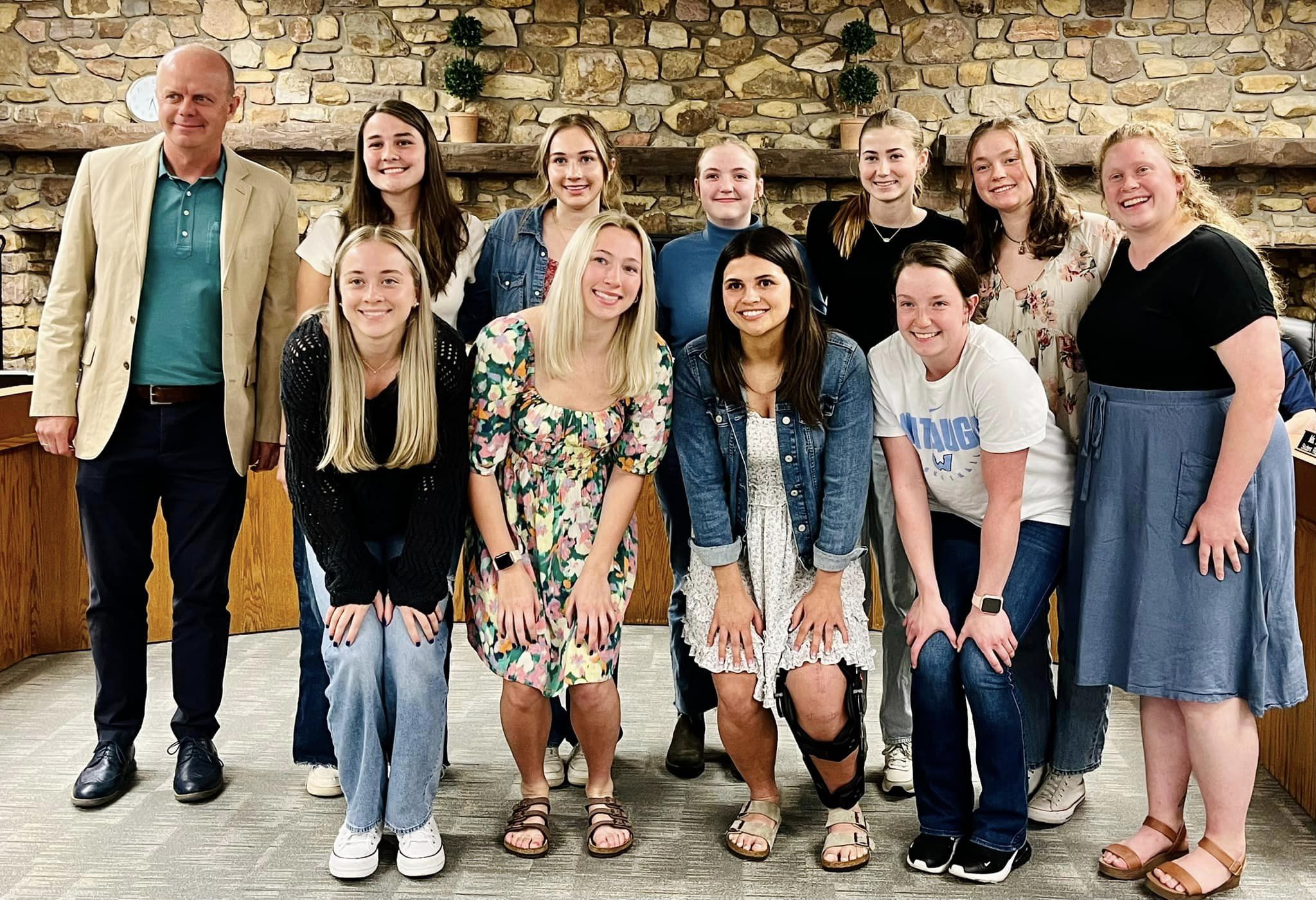Last Updated on November 3, 2016 8:16 pm
RALEIGH, N.C. — A new research project of the N.C. Wildlife Resources Commission, N.C. Museum of Natural Sciences and N.C. State University aims to answer a big question: What animals are found in the wildest parts of the state, in backyards and in suburbs?
Scientists are recruiting schools and citizens to participate in “North Carolina’s Candid Critters,” the largest camera trap survey ever, with a goal of 20,000 to 30,000 active sites across the state over the next three years.
“Candid Creatures is a unique project that will enable the Commission to join with the people of North Carolina to engage in science and explore our beautiful state,” said Gordon Myers, the Commission’s executive director. “From our backyards to North Carolina’s wildest places, the images collected by school children and adult volunteers will increase everyone’s understanding and enjoyment of the natural world, while at the same time informing future wildlife management decisions.”
Participants may borrow a camera trap (also called a trail camera) from a public library to use on approved public lands. Participants who own or purchase a camera trap can add images from their own property to the study. These images will help scientists learn more about deer reproduction and the distribution of all mammal species across the state. To sign up or learn more information on the project, visit http://www.nccandidcritters.org/.
Motion-activated camera traps allow scientists (and citizen scientists) to collect pictures of animals without disturbing them. These cameras can capture thousands of digital photos, which are then stored online indefinitely, allowing scientists now and in the future to look at how the state’s mammal populations change over time.
One of the main scientific advantages of pictures from camera traps is that they are “verifiable,” which means that they are evidence that an animal was located in a specific time and place. The photos allow scientists to map where animals live, and when and where they are most active across the state. They can then use the data to study how wildlife interacts with the environment, with humans and with other species. For example, Museum scientists recently used camera trap photos to determine that human recreation — like hiking, hunting and dog walking — is largely compatible with most wildlife species in the Southeast and doesn’t cause measurable disturbance.
“Before we can answer all these questions about mammals, we need to collect massive amounts of data,” said Arielle Parsons, research associate with the Museum of Natural Sciences. “In this case, we’re using camera trap images from across all 100 counties in the state. We really need the public’s help to accomplish this. The more people that participate, the more we can learn about North Carolina’s critters.”















